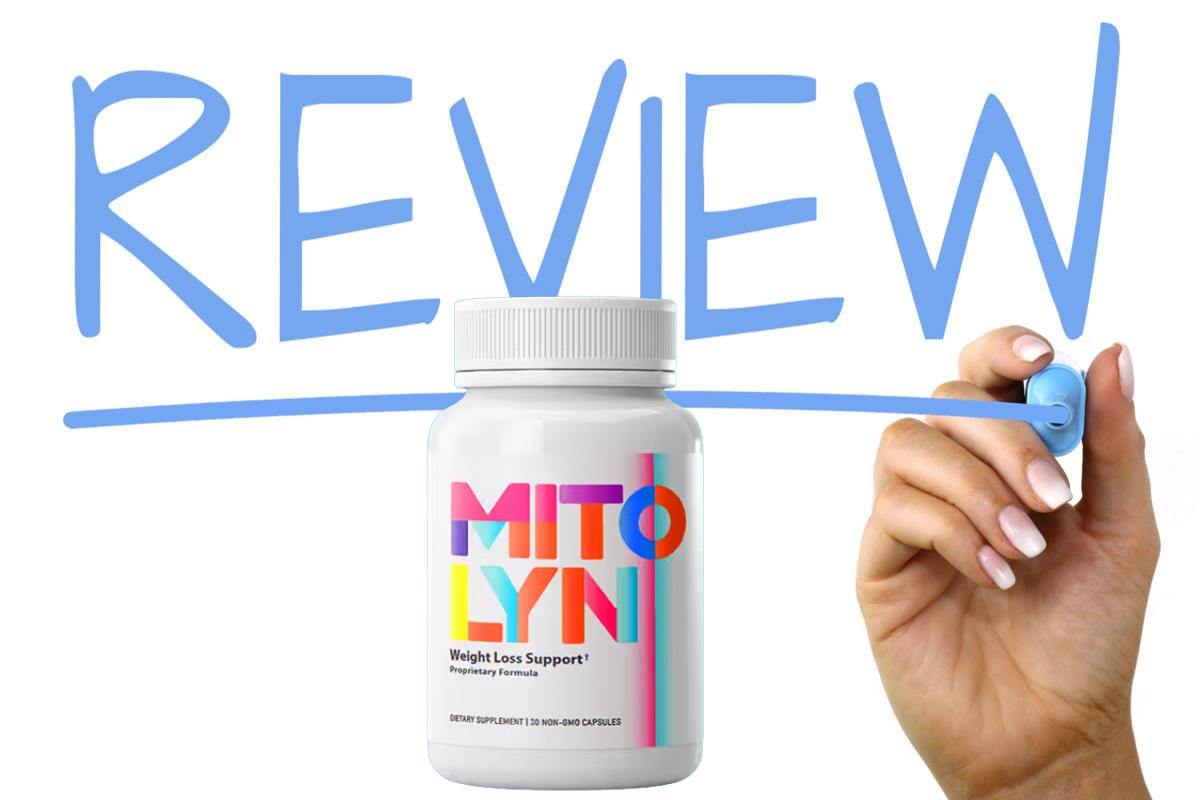If you’re maneuvering through the complexities of healthcare coverage, understanding dual eligibility for Medicare and Medicaid is essential. Many individuals qualify based on age or disability, but the requirements can vary considerably. Knowing whether you or a loved one fits the criteria can lead to better healthcare access and reduced costs. What specific factors come into play for eligibility, and how can you leverage this coverage effectively? Let’s explore the details together.
Understanding Medicare and Medicaid
When you’re considering healthcare options, understanding Medicare and Medicaid is essential.
Medicare is a federal program primarily for individuals aged 65 and older, but it also serves younger people with disabilities or specific medical conditions. It offers various plans, including hospital insurance (Part A) and medical insurance (Part B), with optional coverage for prescription drugs (Part D).
On the other hand, Medicaid is a joint state and federal program designed to assist low-income individuals and families with healthcare coverage. Eligibility varies by state, but it generally targets those with limited income and resources, including children, pregnant women, and disabled individuals.
Both programs aim to provide essential health services, but they cater to different populations and needs.
What Is Dual Eligibility?
Many people may not realize that some individuals qualify for both Medicare and Medicaid, a situation known as dual eligibility. If you meet specific criteria, you can access benefits from both programs, which can greatly enhance your healthcare coverage.
Medicare typically covers hospital stays, outpatient services, and certain preventive care, while Medicaid offers additional benefits like long-term care and assistance with out-of-pocket expenses.
Being dual eligible means you won’t have to navigate the complexities of multiple insurance plans alone. Instead, the two programs work together to provide thorough support for your health needs.
This combination can help reduce your overall healthcare costs and guarantee you receive the necessary services for your well-being.
Medicare Eligibility Criteria
To qualify for Medicare, you must meet certain eligibility criteria that primarily hinge on age, disability, and specific health conditions.
Generally, you’re eligible if you’re 65 or older, or under 65 and have a qualifying disability. If you have end-stage renal disease or amyotrophic lateral sclerosis (ALS), you can also qualify regardless of your age.
You must be a U.S. citizen or a legal resident for at least five years. Additionally, you should have worked and paid Medicare taxes for a minimum of 10 years, or you may qualify through a spouse.
Once you meet these criteria, you can enroll in Medicare during designated enrollment periods, ensuring you get the coverage you need for your healthcare.
Medicaid Eligibility Criteria
While Medicare primarily serves those 65 and older or individuals with specific disabilities, Medicaid provides assistance to low-income individuals and families, regardless of age.
To qualify for Medicaid, you generally need to meet certain eligibility criteria. These criteria often include being a resident of the state where you apply and having a low income. Additionally, you must be a U.S. citizen or a qualified non-citizen.
Your household size can also impact your eligibility, as states assess income based on family size. Each state manages its own Medicaid program, so specific requirements may vary, including coverage options and services available.
It’s essential to check your state’s guidelines to understand what you need to qualify for Medicaid assistance.
Income and Asset Limits for Dual Eligibility
Understanding the income and asset limits for dual eligibility can greatly impact your access to both Medicare and Medicaid benefits.
To qualify for dual eligibility, your income typically needs to be at or below 138% of the federal poverty level, which varies by household size and state. Asset limits also play an essential role; generally, you can’t have more than $2,000 in countable assets for an individual or $3,000 for a couple.
Importantly, certain assets, like your home or retirement accounts, may not count towards these limits. If you’re unsure about your financial situation, consider consulting a financial advisor or your local Medicaid office to clarify your eligibility and guarantee you receive the benefits you deserve.
Special Groups That May Qualify
Certain groups may qualify for Medicare and Medicaid benefits beyond the standard eligibility criteria.
For instance, individuals with disabilities who receive Social Security Disability Insurance (SSDI) may find themselves eligible for both programs after 24 months of receiving SSDI benefits.
Additionally, those diagnosed with specific chronic conditions, such as end-stage renal disease or amyotrophic lateral sclerosis (ALS), can also qualify for Medicare sooner.
Moreover, low-income seniors, particularly those aged 65 and older who meet certain income and asset limits, might gain access to both programs.
Finally, individuals residing in certain long-term care facilities may discover they qualify for dual eligibility, enhancing their overall health coverage.
Knowing these special groups can help you navigate your options effectively.
Benefits of Being Dually Eligible
Being dually eligible for Medicare and Medicaid offers numerous advantages that can considerably enhance your healthcare experience.
First, you gain access to a broader range of services, including preventive care, hospital stays, and long-term care, ensuring that you get the support you need.
You’ll also benefit from lower out-of-pocket costs, as Medicaid can cover expenses that Medicare doesn’t, like certain premiums, deductibles, and co-payments.
Additionally, you may receive personalized care management services that help coordinate your healthcare needs, making it easier to navigate your options.
This dual coverage not only improves your access to necessary treatments but also provides peace of mind knowing that you have extensive support for both your medical and financial needs.
How to Apply for Dual Eligibility
If you’re looking to apply for dual eligibility for Medicare and Medicaid, the process can be straightforward with the right information.
First, check if you meet the income and asset requirements for Medicaid in your state. You can visit your state’s Medicaid website or call their office for details.
Next, gather necessary documents, like your Social Security number, income statements, and proof of assets.
Then, apply for Medicaid through your state’s online portal or by submitting a paper application.
If you qualify for Medicaid, you’ll automatically be enrolled in Medicare if you’re 65 or older or have a qualifying disability.
Make sure to follow up on your application to guarantee you receive the benefits you need.
Managing Healthcare Costs With Dual Coverage
Once you’ve secured dual eligibility for Medicare and Medicaid, managing your healthcare costs becomes much more manageable. With both plans working together, you can greatly reduce your out-of-pocket expenses.
Medicare typically covers hospital visits and inpatient care, while Medicaid fills in the gaps for services like long-term care and some prescriptions.
You’ll want to familiarize yourself with the specifics of both programs. For instance, Medicaid can help pay your Medicare premiums and deductibles, ensuring you don’t face financial strain.
Additionally, you can take advantage of preventive services covered by Medicare, which can help you stay healthy while avoiding costly treatments later.
Using both plans wisely allows you to access a broader range of healthcare services without breaking the bank.
Resources for More Information
As you navigate the complexities of Medicare and Medicaid, having access to reliable resources can make all the difference in understanding your options and benefits.
Websites like Medicare.gov and Medicaid.gov offer extensive information about eligibility, coverage, and services available in your state. The National Council on Aging (NCOA) provides tools and articles to help you compare plans and understand your rights.
You can also reach out to local Area Agencies on Aging for personalized assistance. Additionally, consider speaking with a certified Medicare counselor through the State Health Insurance Assistance Program (SHIP) for one-on-one guidance.
These resources empower you to make informed decisions regarding your healthcare and guarantee you get the benefits you deserve.
Conclusion
To summarize, being dually eligible for Medicare and Medicaid can greatly improve your healthcare coverage and reduce your out-of-pocket expenses. If you meet the eligibility criteria, it’s worth exploring the benefits these programs offer. Take the time to understand the application process and income limits to make sure you get the coverage you deserve. For more information, don’t hesitate to reach out to local resources or healthcare professionals who can guide you through the process.














